Understanding Neural Networks: The ‘Brains’ Behind Modern AI
You’ve heard the terms. Artificial intelligence. Machine learning. Deep learning. They’re everywhere, powering everything from your Netflix recommendations to the futuristic dream of self-driving cars. It all sounds incredibly complex, like something straight out of a sci-fi movie. But what if I told you the core idea behind much of this revolution is something you can actually grasp? At the heart of it all, you’ll often find neural networks, the workhorse of modern AI. And understanding them isn’t as scary as it sounds.
Forget the impenetrable jargon and complex math for a moment. The goal here is to pull back the curtain. We’re going to explore what neural networks are, how they ‘think,’ and why they’ve become so incredibly powerful. This isn’t a textbook. It’s a conversation. By the end, you’ll have a solid, intuitive feel for the digital brains that are quietly shaping our world.
Key Takeaways
- Inspired by the Brain: Neural networks are loosely based on the structure of the human brain, using interconnected nodes (or ‘neurons’) to process information.
- Learning from Data: They aren’t programmed with rules; they learn patterns directly from vast amounts of data through a process of trial and error.
- The Core Components: Networks are made of layers of neurons, with connections that have ‘weights’ determining the importance of signals.
- Backpropagation is Key: This is the ‘learning algorithm’ that allows the network to adjust its internal weights based on how wrong its predictions are.
- Powering Our World: From image recognition and natural language processing to medical diagnosis, they are the engine behind countless AI applications you use daily.
So, What Exactly Are Neural Networks?
Let’s start with an analogy. Imagine you need to identify whether a picture contains a cat. You could try to write a computer program with a bunch of rules: “If it has pointy ears, AND whiskers, AND fur, AND a tail… then it’s probably a cat.” This gets complicated fast. What about a cat with folded ears? Or a cat whose tail is hidden? This rule-based approach is brittle and just doesn’t work for complex problems.
A neural network takes a different approach. Instead of a single genius programmer, imagine a giant team of incredibly simple-minded specialists. Each specialist is a ‘neuron.’ One specialist might only know how to spot a patch of orange fur. Another might just look for a curved line that could be an ear. A third just looks for a dark, round shape that might be an eye. None of them can identify a cat on their own. They’re useless individually.
But when you connect them all, something magical happens. The ‘curved line’ specialist can pass a message to a slightly more senior specialist, who combines that signal with one from the ‘pointy shape’ specialist. This manager might then conclude, “Okay, I’m seeing a potential ear.” This ‘ear’ signal gets passed up the chain, combined with signals for ‘whiskers’ and ‘fur,’ until a high-level executive at the end of the line makes the final call: “Cat.”
That, in a nutshell, is a neural network. It’s a system of simple, interconnected processing units (neurons) organized in layers. They work together to recognize patterns that are far too complex for any single unit to see. The connections between them have different strengths, or ‘weights,’ and the network learns by adjusting these weights until the final output is correct.
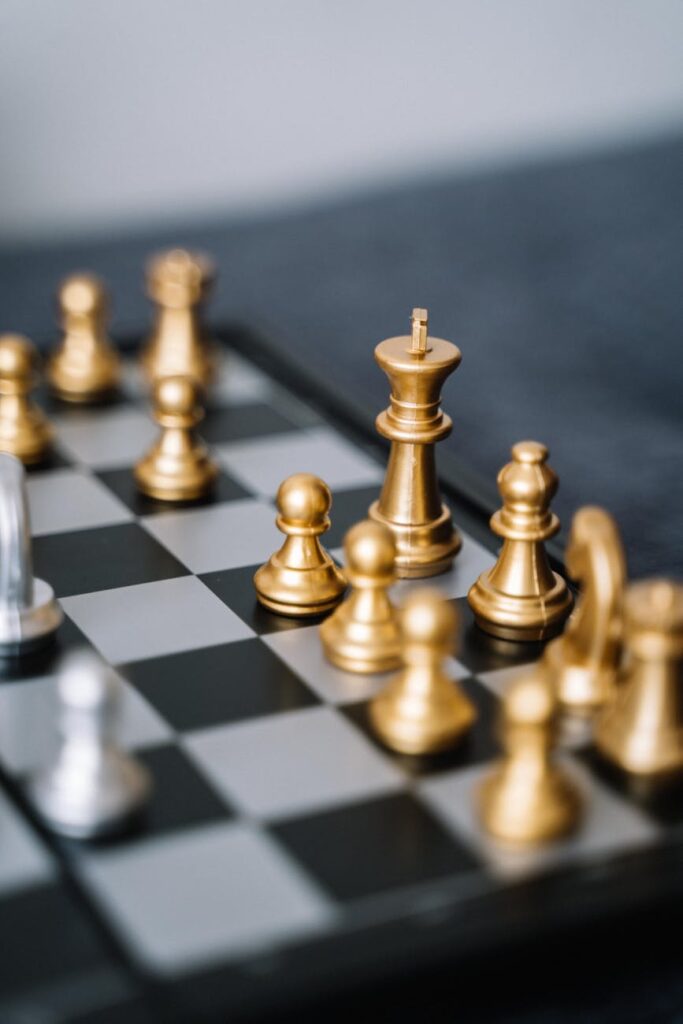
The Core Ingredients: A Look Inside the Machine
To really get it, we need to peek inside and look at the three main components that make up these networks. It’s simpler than you think.
The Neuron (or Node): The Humble Worker
The artificial neuron is the fundamental building block. But it’s not a tiny brain. It’s just a little box that does some very simple math. A neuron receives one or more input signals from other neurons. Each of these signals has a ‘weight’ associated with it, which is just a number representing its importance. A high weight means the signal is very influential; a low weight means it’s less so.
The neuron multiplies each input signal by its weight, adds them all up, and then adds one final number called a ‘bias.’ Think of the bias as a thumb on the scale, making it easier or harder for the neuron to activate. Finally, this combined result is passed through an ‘activation function.’
The Activation Function: To Fire or Not to Fire?
This sounds technical, but the concept is easy. The activation function is like a bouncer at a club. It looks at the final number the neuron calculated and decides if it’s important enough to be passed on to the next layer. If the number is below a certain threshold, the bouncer says, “Nope, not important enough,” and the signal stops. If it’s above the threshold, the bouncer says, “Go ahead,” and the neuron ‘fires,’ sending a signal to the neurons in the next layer.
This on/off or graded-response mechanism is crucial. It introduces non-linearity, which is a fancy way of saying it allows the network to learn incredibly complex patterns, not just simple, straight-line relationships.
Layers: Organizing the Chaos
A single neuron is useless. The power comes from organizing them into layers.
- The Input Layer: This is the front door. It receives the raw data you feed into the network. If you’re analyzing an image, each neuron in the input layer might correspond to a single pixel’s brightness.
- The Hidden Layers: This is where the real thinking happens. There can be one or many hidden layers (and when there are many, we call it ‘deep learning’). Each layer takes the output from the previous layer, finds new, more complex patterns, and passes its findings on. The first hidden layer might find simple edges and colors. The next might combine those to find shapes like eyes and noses. The next might combine *those* to identify a face.
- The Output Layer: This is the final layer that gives you the answer. For our cat identifier, it might have two neurons: one for ‘Cat’ and one for ‘Not Cat.’ The one that fires with the highest value is the network’s prediction.
How Do Neural Networks Actually *Learn*?
This is the most incredible part. They aren’t explicitly programmed; they learn from experience, much like a child. The process is called ‘training’ and it involves a clever feedback loop.
The Training Process: Trial, Error, and a Ton of Data
To train our cat detector, we need a massive dataset—thousands, or even millions, of images, each one labeled by a human as either ‘cat’ or ‘not a cat.’ We show the network one image at a time. When it starts, all its internal ‘weights’ are set to random values. So, naturally, its first guess is a complete shot in the dark. It might look at a picture of a cat and say, “I’m 58% sure that’s a car.”
The “Oops” Moment: The Loss Function
Since we have the correct label (‘cat’), we can now compare the network’s prediction to the truth. We use a ‘loss function’ (or cost function) to calculate a score for how wrong the network was. A perfect guess gets a loss score of 0. A wildly incorrect guess gets a very high score. This score is a single number that quantifies the network’s error.
The goal of training is simple: get the loss score as close to zero as possible across the entire dataset. It’s a game of minimizing the error.
Learning from Mistakes: The Magic of Backpropagation
Here’s the magic. The network takes that error score and sends it backward through the network, from the output layer all the way to the input layer. This process is called backpropagation. As the error signal travels backward, it figures out how much each individual weight and bias in the entire network contributed to the overall mistake.
Think of it like a corporate team that failed a project. The CEO (the loss function) says, “Our profit was way off!” A message goes to the managers (the last hidden layer), who then look at their teams (the layer before them) and say, “Okay, sales team, your numbers were a big part of this problem, while marketing was less of a factor.” This blame gets assigned all the way down to the individual employees (the weights). Each ’employee’ then gets a tiny nudge: “You contributed to the error in this specific way, so adjust your approach slightly for next time.”
The network makes these minuscule adjustments to millions of weights. Then it sees the next image, makes another guess, calculates the error, and repeats the process. After seeing millions of images, these tiny adjustments add up, and the network becomes incredibly accurate at distinguishing cats from non-cats.
Not All Networks Are Created Equal: A Quick Tour
The basic structure we’ve discussed is a ‘feedforward neural network,’ but there are specialized architectures designed for specific tasks.
Convolutional Neural Networks (CNNs): The Image Experts
When it comes to images, video, and other spatial data, CNNs are king. Instead of looking at pixels one by one, they use ‘filters’ to look at small patches of pixels at a time. This allows them to learn to recognize features like edges, corners, and textures, regardless of where they appear in the image. They build a hierarchical understanding of the visual world, which is why they are phenomenal at tasks like object detection, facial recognition, and medical image analysis.

Recurrent Neural Networks (RNNs): The Memory Keepers
What about data that comes in a sequence, where order matters? Think of a sentence, a piece of music, or stock market data. For this, we use RNNs. Their defining feature is a feedback loop. When processing an element in a sequence (like a word in a sentence), they don’t just consider the current input; they also consider what they saw in the previous step. This loop gives them a form of memory, allowing them to understand context. They are the power behind language translation, chatbot conversations, and the text prediction on your phone.
Where You See Neural Networks in the Wild
You might not realize it, but you interact with neural networks every single day. They’re not just in research labs; they’re in your pocket and in your home. Here are just a few examples:
- Recommendation Engines: When Netflix suggests a movie or Spotify creates a playlist for you, it’s a neural network that has learned your tastes from your viewing/listening history.
- Spam Filtering: Your email service uses networks to analyze incoming messages and predict whether they’re spam based on wording, sender, and other patterns.
- Voice Assistants: Siri, Alexa, and Google Assistant use neural networks to understand your spoken commands (speech-to-text) and to generate natural-sounding responses (text-to-speech).
- Facial Recognition: The feature that unlocks your phone or automatically tags your friends in photos on social media is powered by deep neural networks (specifically CNNs).
- Language Translation: Real-time translation apps like Google Translate use sophisticated RNNs to understand the context and grammar of one language and translate it into another.
Conclusion
Neural networks can seem like a black box, and their inner workings involve some serious math. But the core concepts are surprisingly intuitive. They are powerful pattern-recognition machines that learn from data. By starting with simple components like neurons and organizing them into clever structures, we can create systems that can ‘learn’ to perform tasks we once thought were unique to human intelligence.
They aren’t true ‘brains,’ and they don’t ‘understand’ things in a human sense. They are complex mathematical functions that have been fine-tuned to map a given input to a desired output. But in doing so, they have opened up a new frontier of technological possibility, and the journey is only just beginning.
FAQ
Do I need to be a math genius to understand neural networks?
Absolutely not! While building them from scratch requires knowledge of calculus and linear algebra, understanding the *concepts* does not. Thinking in terms of analogies like ‘learning from mistakes’ and ‘teams of specialists’ can get you 90% of the way there.
Is a neural network the same thing as AI?
Not exactly. AI (Artificial Intelligence) is the broad field of creating intelligent machines. Machine Learning is a subfield of AI that focuses on systems that learn from data. Deep Learning is a subfield of Machine Learning that uses neural networks with many hidden layers. So, neural networks are a powerful *tool* used to achieve AI, but they aren’t the whole story.

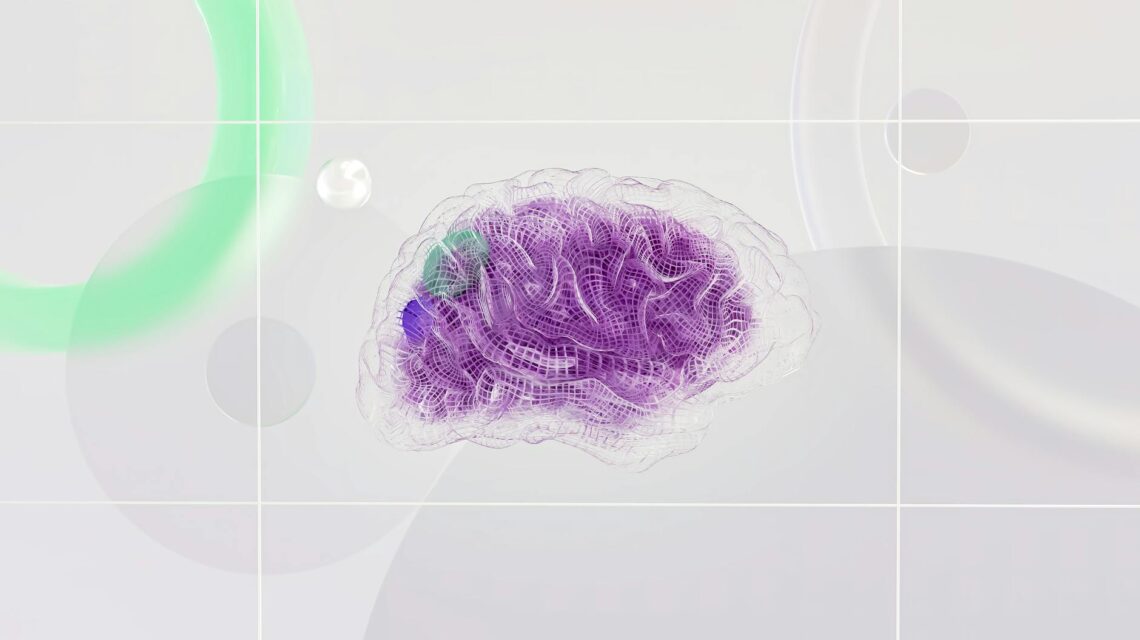

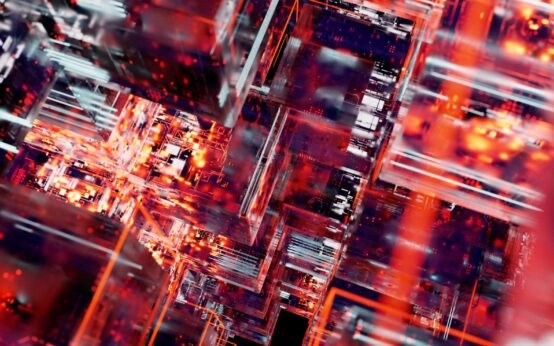 Deep Learning Breakthroughs: The AI That’s Changing Our World
Deep Learning Breakthroughs: The AI That’s Changing Our World 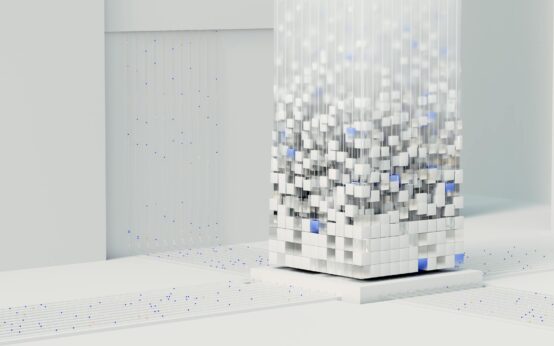 Top AI Tools for Freelancers to Boost Productivity (2024)
Top AI Tools for Freelancers to Boost Productivity (2024)  AI is Transforming Industries: A Deep Dive for 2024
AI is Transforming Industries: A Deep Dive for 2024  AI Job Displacement: Friend or Foe for Your Career?
AI Job Displacement: Friend or Foe for Your Career?  AI in Agriculture: How Tech is Revolutionizing Farming
AI in Agriculture: How Tech is Revolutionizing Farming 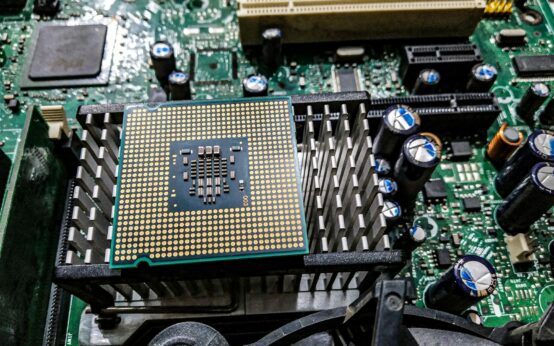 NLP Applications: From Your Phone to Global Business
NLP Applications: From Your Phone to Global Business  How to Set Up a Node: The Ultimate Guide
How to Set Up a Node: The Ultimate Guide  Crypto Arbitrage Trading: A Beginner’s Guide (2024)
Crypto Arbitrage Trading: A Beginner’s Guide (2024)  The Business of NFTs: How Top Brands Are Using Them
The Business of NFTs: How Top Brands Are Using Them 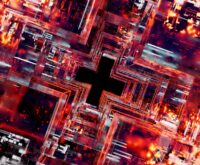 What Are ZK-Proofs? A Guide to Blockchain Privacy
What Are ZK-Proofs? A Guide to Blockchain Privacy  DeFi’s Hurdles: Security, Scalability & Regulation
DeFi’s Hurdles: Security, Scalability & Regulation 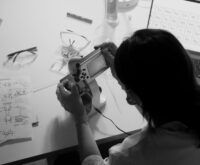 How to Read a Crypto Whitepaper: A Beginner’s Guide
How to Read a Crypto Whitepaper: A Beginner’s Guide